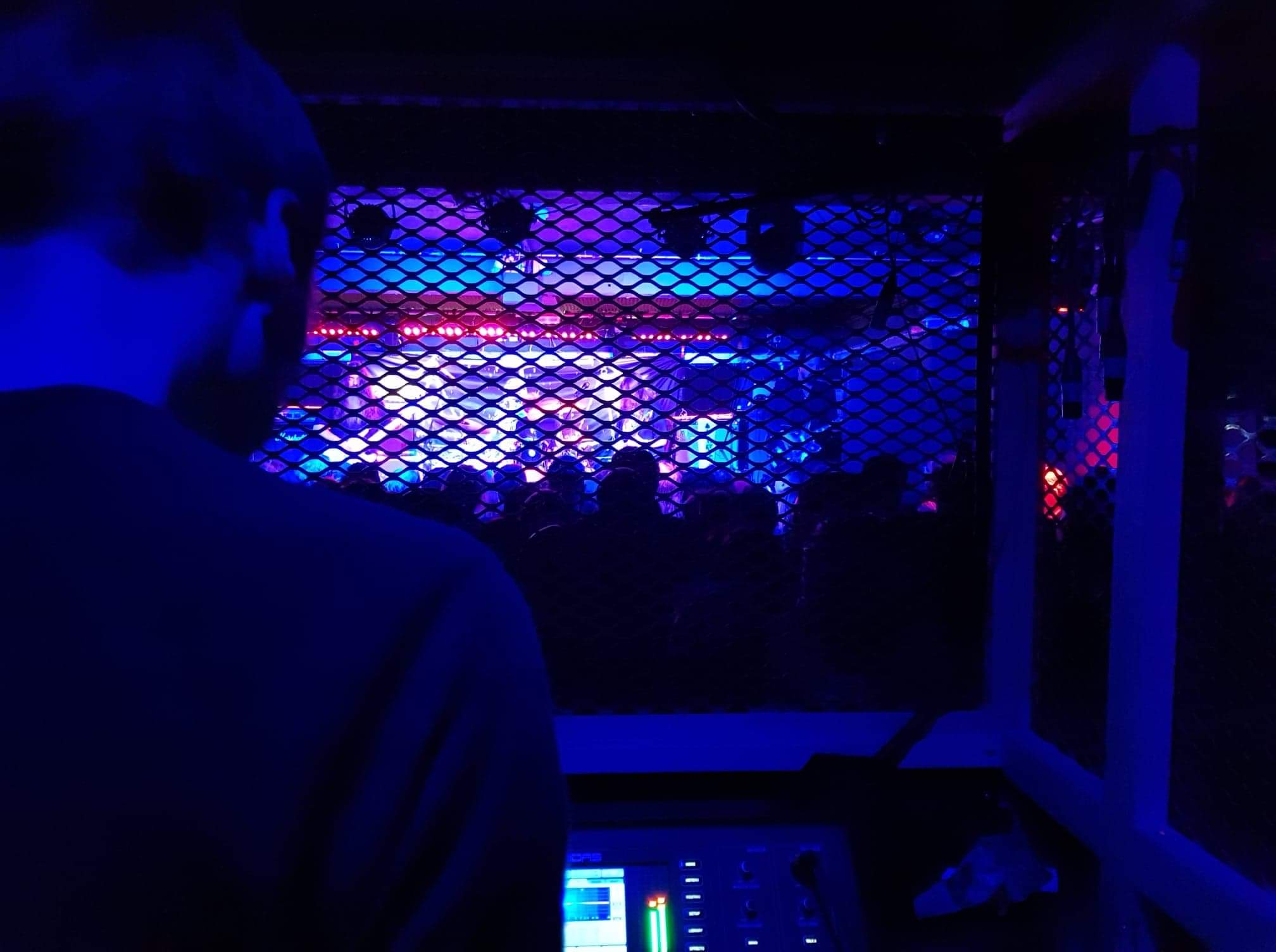Skindred bassist Dan Pugsley talks Laney Digbeth amps and recording a new album
"I'm trying to do something on this record where once the main guitars and vocals are done, I'm listening back to my bass parts for moments where I can potentially move things"
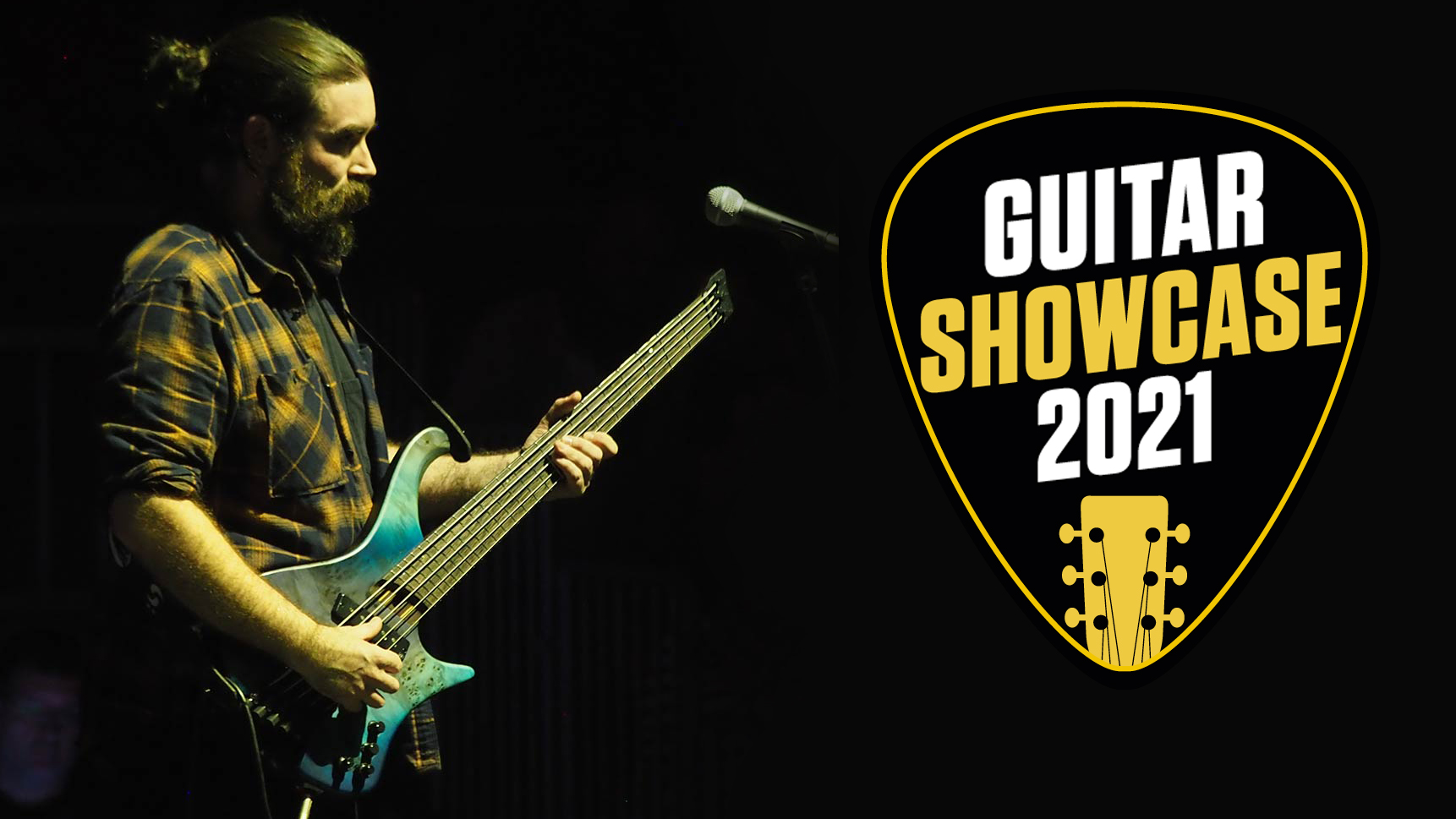
Guitar Showcase 2021: Skindred have built a reputation as one of the UK's most reliably brilliant and energetic live bands. For over 20 years, they've been bringing their Reggae infused party metal to main stages at festivals across the world. A big part of such an energetic sound is a clear and robust low end, and bassist Dan Pugsley has long been a user of Laney amplification.
With the Laney's new Digbeth range, Dan feels they have all but perfected their craft with the DB500H and related cabinets. We spoke to Dan on a break from recording Skindred's next album to talk about what makes this amp so special.
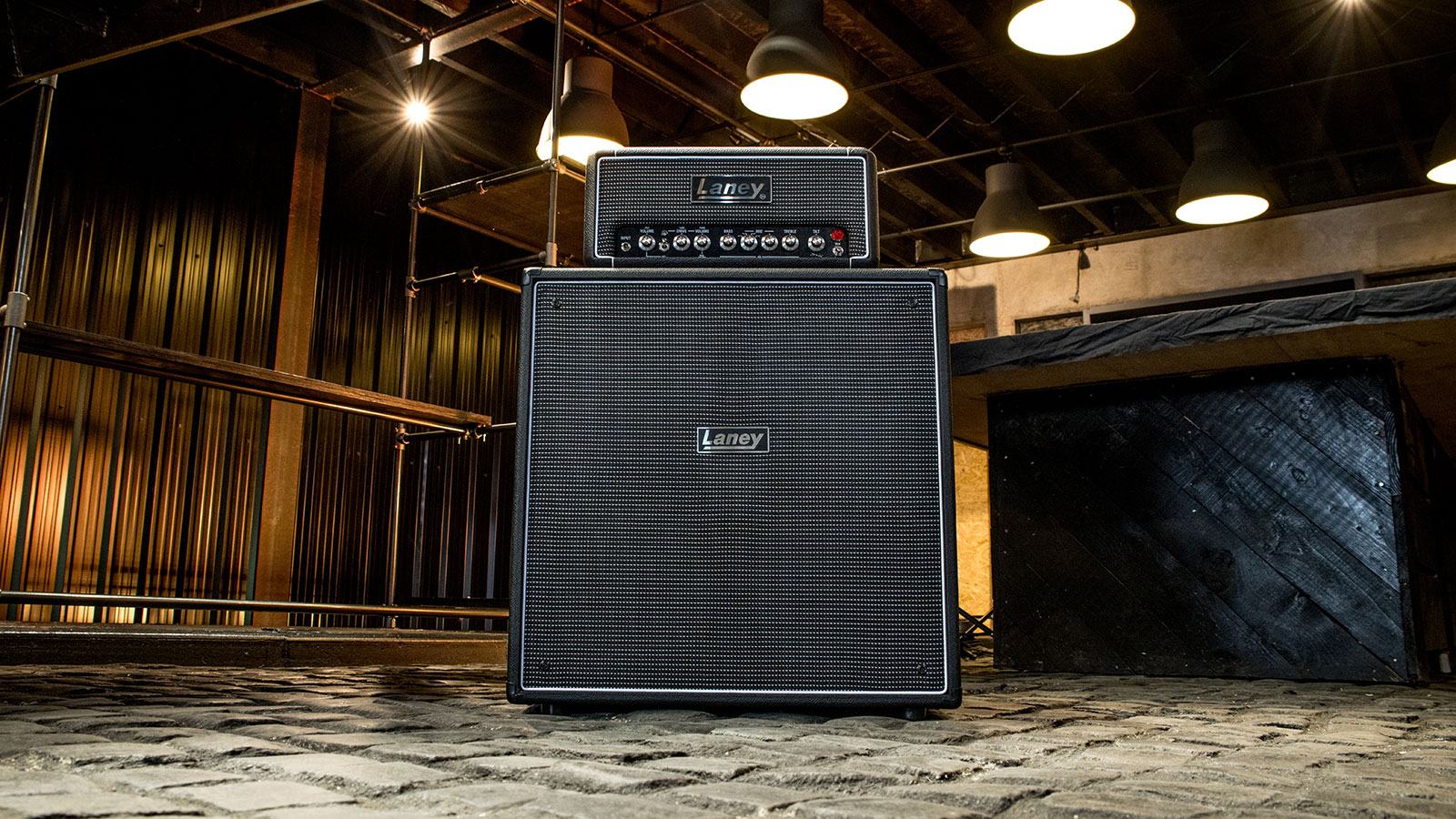
I fell in love with it immediately
How long have you been using Laney Digbeth amps and how did you come into contact with them?
"I've been using them since we started playing live again - So since the Download Pilot festival in June, shortly before they were released. I'm currently recording with them too, so it has become fully integrated into my rig now. I first heard about the Digbeth when Laney approached me and talked about a new bass amp that they are working on, and how they want to make it an awesome new thing that speaks to the heritage of Laney. What they've made looks aesthetically like something from that classic era,and also captures it sound wise. A lot of other bass amps I've used have a lot of headroom, but they are just so clean. Just being able to get some pleasing saturation was difficult and I'd always end up using other elements to do that.
"The Digbeth was born out of that, and I think I saw a version of it about a year ago which is very similar to the one that exists now. I fell in love with it immediately. It sort of looks like the original Laney Black Country Custom stuff, and it was the first bass amp that I have had in a while that looks a bit more classic rather than looking like rack gear or whatever. When I plugged it in, the whole thing with the ceramics and speakers and everything is just awesome."
You've mentioned the need for a bit more grit - does that grit primarily come from the amp now?
"Yes, I'm actually recording with it at the moment and have one set up where we are doing re-amping. The tilt mechanism as well, they kept that on from the other amps. Having some grit on the back end, saturating the sound a little, really helps to create more interesting harmonics. It also compresses a little bit so it's more controlled and just having that vintage sounding tube element, whereas before it was just so clean, is really awesome.
Get the MusicRadar Newsletter
Want all the hottest music and gear news, reviews, deals, features and more, direct to your inbox? Sign up here.
"Also, the fact that you've got that original tone circuit means you can pull out the tube gain knob and blend in the volume of the tube as well without sacrificing the low end."
Have you always gone for using tube amps in the past, or was this more of an attempt to go into new territory?
"When we would record, I would tend to use an older Laney head which was full of valves. Live, it was always about consistency and recreating that sound. With my live rig, I would just tend to put some saturation or distortion before it and then again at the end to break it up a bit. That has always been the aspirational thing.
"When you hear how tubes react, this new Digbeth amp has that same sensation. You know how tube amps sound at their best when they are about to break? This allows you to dial that in, but with consistency. It's got that “This could be your life!” promise to it."
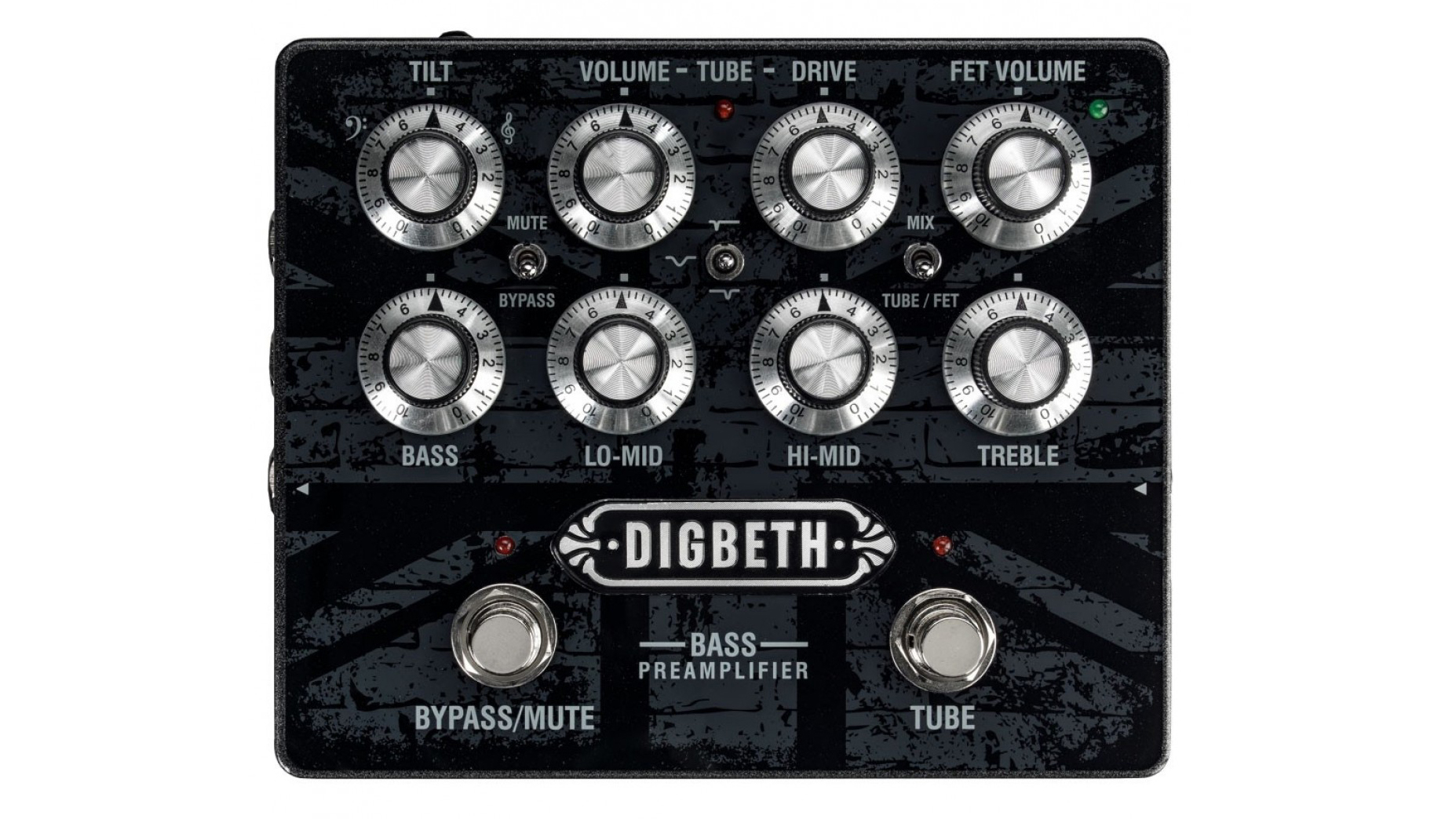
There's loads of options that come with the DB-Pre in terms of connectivity, including linking in as an effects loop
Are you also using the Laney DB-Preamp?
"I've played around with it in the studio. It's going to be on my live board, but I'm not currently using it to record.
"Skindred play a lot of European festivals during the summers, and we'd be out for a few days at a time and then come home, sort of an erratic schedule. Sometimes at these festivals, they couldn't always secure the amp that I wanted. For that reason, I used to fly with a Laney SLS because it was easily portable. The Laney DB-Pre can now take that role in my rig and I can just have it on my board. There's loads of options that come with that in terms of connectivity, including linking in as an effects loop. It's got a lot of the same sort of stuff as the head itself."
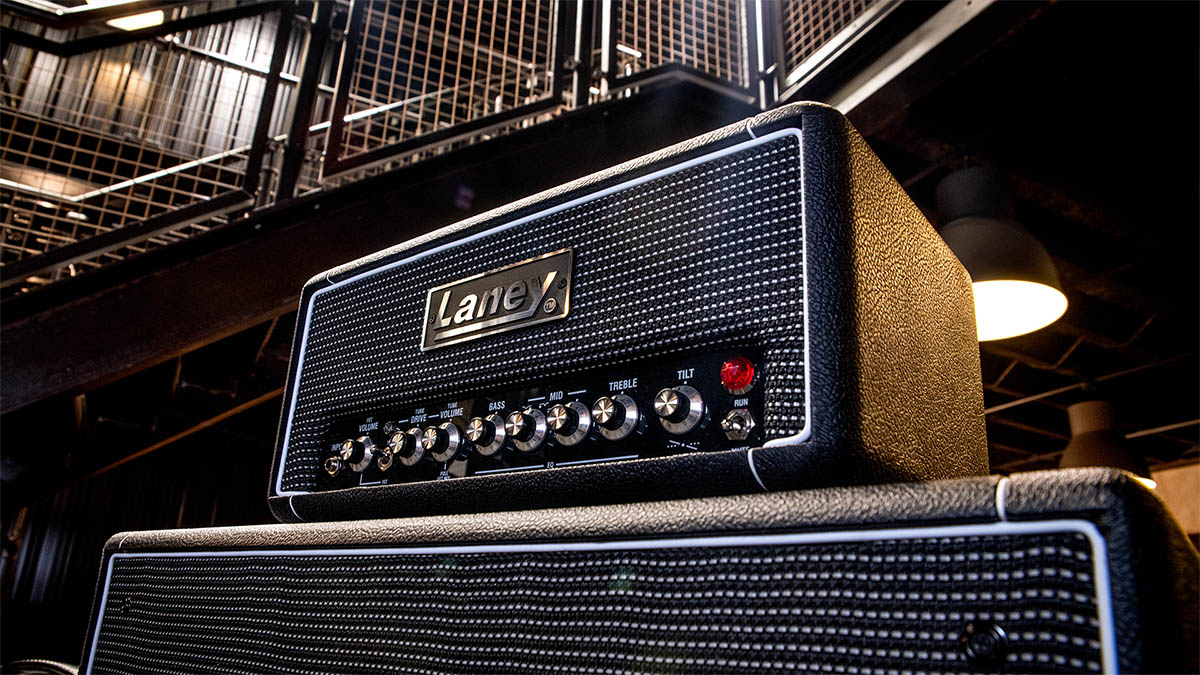
The Digbeth means that I can take some things out of my chain, which makes life easier
Tell us a bit about what makes this rig so perfect for you.
"I really like to have things just sound good and correct and consistent out of the box, so to speak, and that's always been a thing that Laney do really well – It does what it says on the tin. The Digbeth means that I can take some things out of my chain, which makes life easier. It's also not too involved in terms of EQs, it's just a classic setup with a midsweep that you can choose where you want it, bass, treble and the Tilt mechanism too.
"That's always been a big thing for me, as it gives you a lot of control depending on where you are playing. We could be at an Eastern European festival somewhere, playing on a stone stage, and the amp sound just isn't translating because of that. I can tilt the EQ to make it a bit subbier, so that I can really feel it. Or if there's a hollow stage and it feels too overpowering, I can tilt it in the other direction. It's got a Swiss Army Knife element to it, in any situation you can dial in whatever you want."
As far as cabinets go, you're using a pair of the 8x10s for bigger stages. Is that what you'd typically do?
"I use two 8x10s when we are showing off, yes! Typically though, I'll go for one 8x10. They sound great. I think it is another thing that ties into Laney's heritage with using the ceramic speakers again. We are recording in the studio at the moment and have been dialling in the bass tone, and it is sounding really really good. At one point, the engineer just turned to me and said "That's just the cab..." and he was only playing the signal that was coming from the mic in front of the cab. No DI signal - And it sounded amazing. They're really good sounding cabs. They've also got 4x10 and a 2x12. The 2x12 in particular sounds incredible. Bass just sounds so good in 12s I think."
I've plugged in passive and active basses and it really sounds great with everything
How important was it to have an amp that was going to respond well to every bass that you have and use live during a Skindred show?
"Live, I tend to just play one bass which is a Dingwall Combustion. I have a 5 string that is tuned down so I have a low A, so in a sense that bass is like a few different basses range wise. It just responds really well to the low end. That's one thing we were trying initially when I saw the first version of the Digbeth. Laney brought it to my flat and we plugged in one of the five strings and it would just immediately feel really great.
"I tried it with a load of different things in the studio. Through some of my old four- strings like a Fender P-Bass. It's really versatile and can get that classic rock sound, an R&B sound or a neo soul sound. You can have all the features in the world on an amp, and some just aren't relevant and you might not use them. Nine times out of ten you're using the EQ and the input stage, and that's about it. This makes that so accessible and it is really versatile. I could say that it works with everything. I've plugged in passive and active basses and it really sounds great with everything.
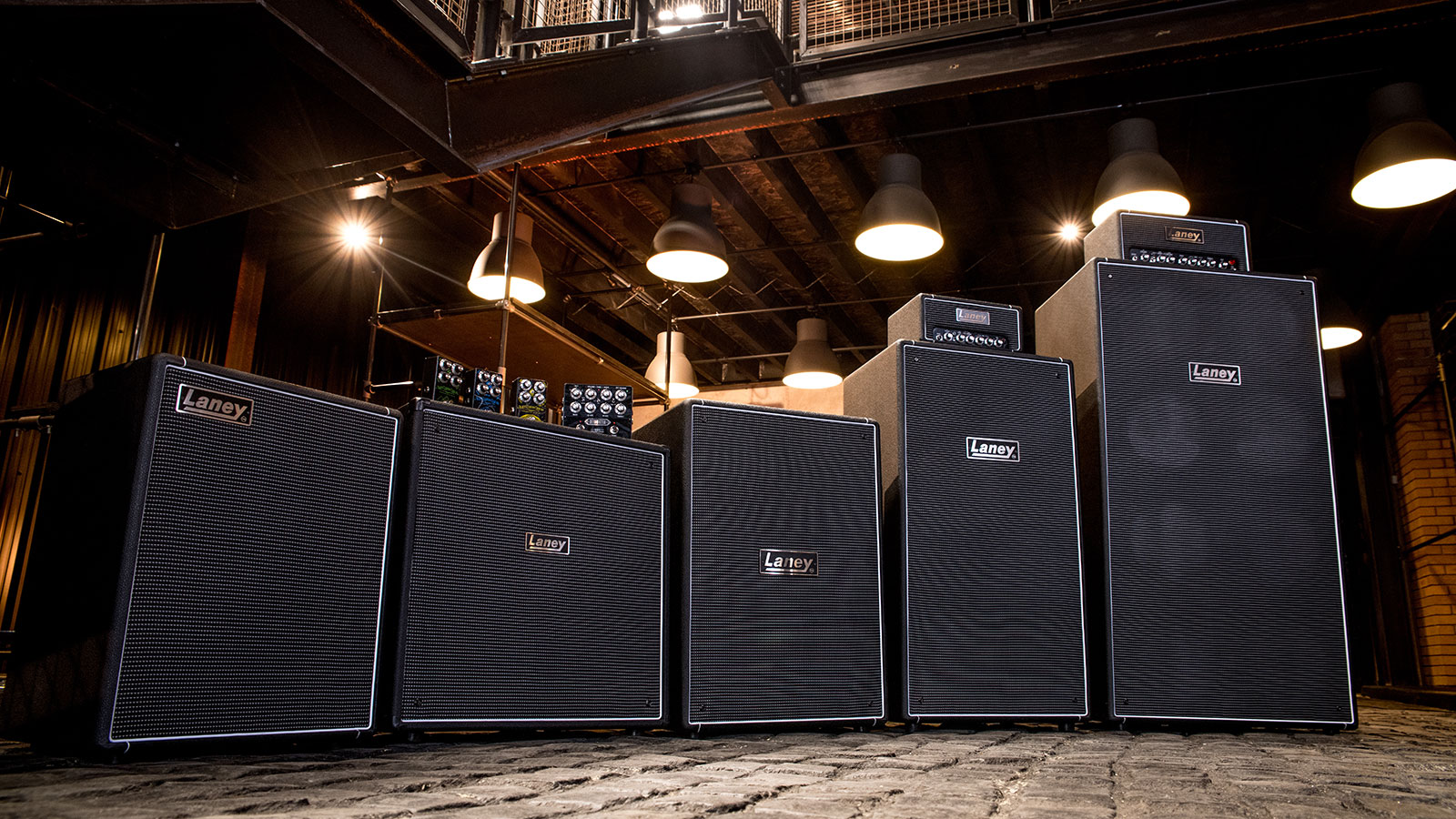
I know bands like While She Sleeps are using it, and also Tom Misch's bass player is using it too, so it's really covering a lot of bases
Since you're using it in the studio at the moment and have used it live too, are you happy with its flexibility for both settings?
"Yes, as a musician you are always looking for the sound that is in your head. When you are recording, the game changes because you're thinking of the context of the whole song and what is happening. Going into the studio with this amp was when it was really going to be under the microscope. It instantly sounded great. Some things were just so loud, and that's not a complaint, more of an observation! With the 8x10 and the bigger variant of the head, it can be very very loud.
"I know bands like While She Sleeps are using it, and also Tom Misch's bass player is using it too, so it's really covering a lot of bases. I'm going from really grunty stuff to really subby stuff and it can cover all the ranges."
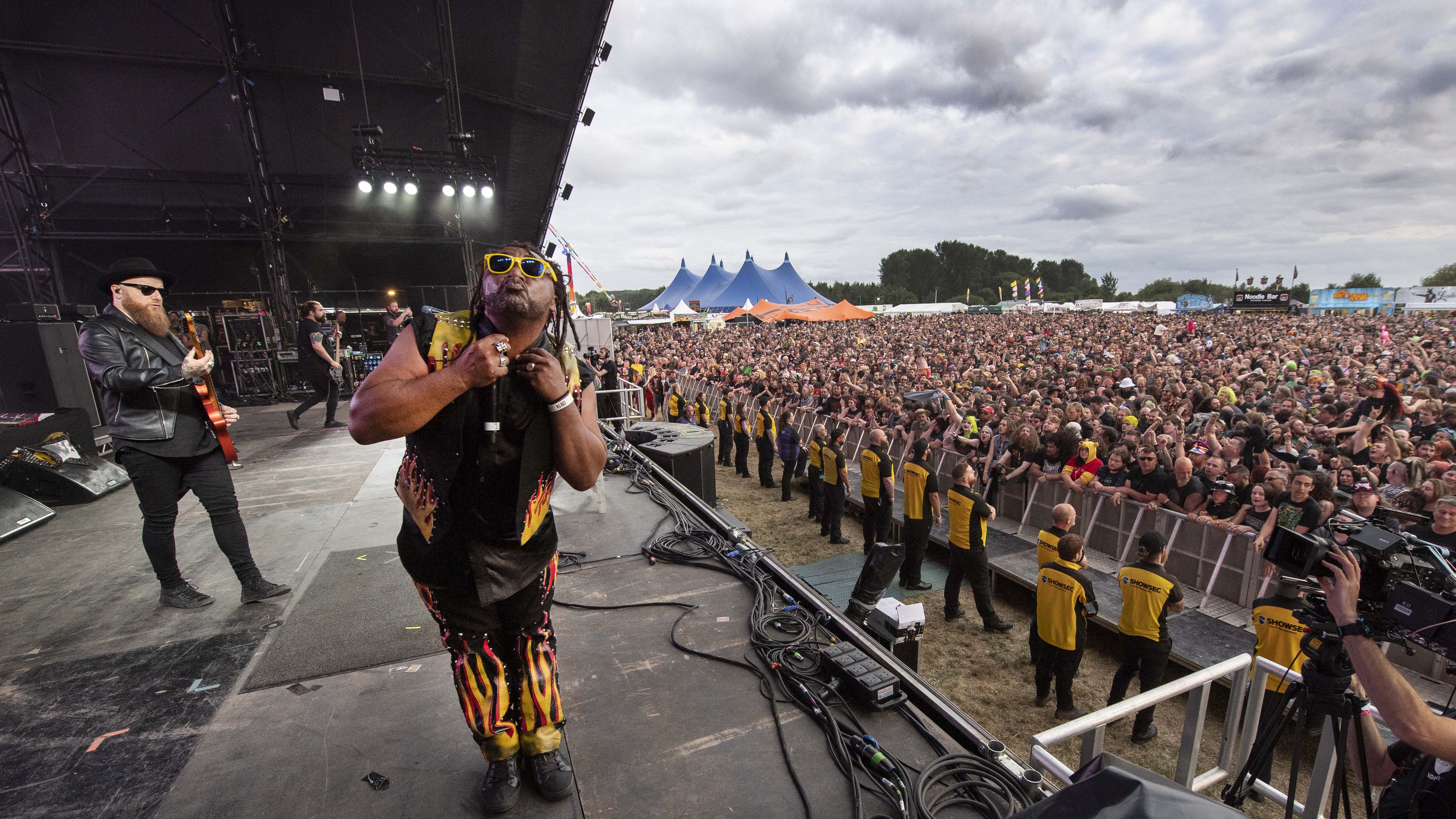
Since you're in the studio, I may as well ask you what you are working on...
"We're working on a new album. It's been a number of years since we released our last record, and we had a couple of song ideas that we were chucking around as we were coming toward the end of an album cycle and had to start thinking about new material. That was just as the Covid lockdown started to happen. Initially nobody was really up for writing during the lockdown as it was just such a headspin, but ultimately we ended up writing a lot of songs. We signed a new record deal with Earache, who have been really supportive.
"We're a very weird band. We have this Reggae sensibility but the live shows are really bombastic and over the top and there's a lot going on. I don't really feel like we've ever managed to capture that element of our live show on a record before, so that's what we are trying to do right now.
"We are recording at a place called VADA studios in the Midlands and it is absolutely great. Really, really cool, and it is nice to not be at home. We've had the tease of a few live gigs and stuff, but to be actually working on music every day has been really good. We don't have a title for the album and half of the songs don't have names, so I can't really give anything away!"

Are you still tracking bass at the moment?
"I would say I am 95% done. My main performances are done, but listening back to it there's a couple of moments I want to tweak. I'm trying to do something on this record where once the main guitars and vocals are done, I'm listening back to my bass parts for moments where I can potentially move things. Listening to where the main melody line is with the guitars or the vocals, and changing my part ever so slightly to better accommodate that - But the bulk of my performances are done.
"Earlier today we were trying a bunch of different fuzz pedals, all of the usual suspects, but we ended up using the Laney [Black Country Customs] Blackheath which has the same circuit that is in the amp. We used that, hitting it a bit harder and focusing the distortion.
"We're working with engineers who are super professional. They do all these pop sessions and are so laser focused on what they are doing, that when you compliment them on how great it is sounding they don't even turn around because they're so focused. It's a bit like an action hero walking away from an explosion and not turning around! A couple of times though, they just stopped and turned around while listening to the bass to say "That sounds so good..." So yeah. It's sounding great."
For more information on Laney Digbeth and Black Country Customs visit Laney. Stay up to date with Skindred at skindred.net
Sam Drower is a sound engineer, musician and all-around music junkie based in Bristol, UK. He began contributing to MusicRadar in 2020, when the global pandemic brought live music to a screeching halt. When not behind the mixing desk for various bands, he is playing bass for blackened mathcore group Host Body.
